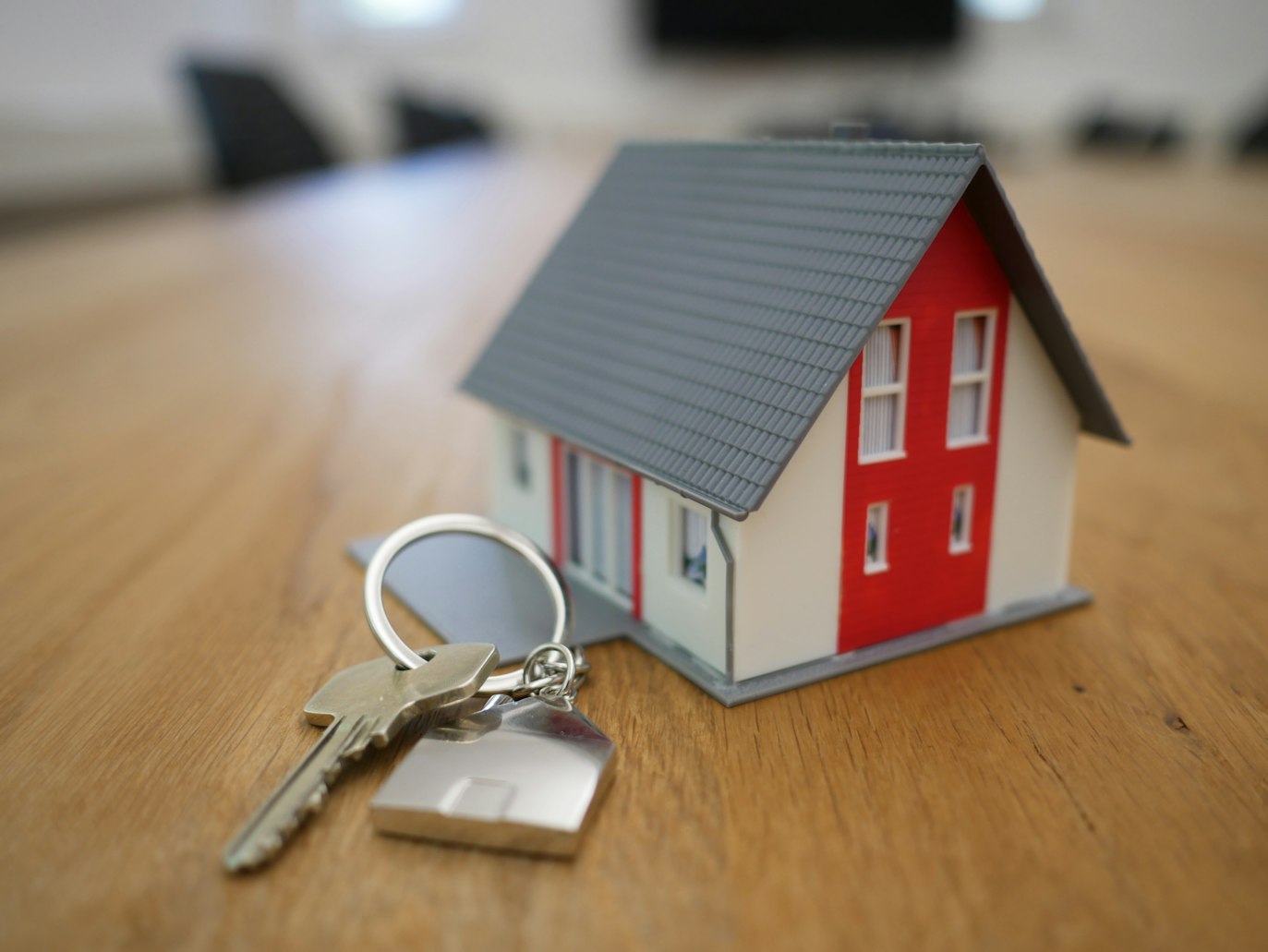Introduction:
Embarking on the journey of building your new home is an exciting endeavor, but it often comes with a hefty price tag. However, with strategic planning and smart decision-making, you can build your dream home without breaking the bank. In this article, we’ll explore a variety of money-saving tips and techniques for budget-friendly building.
Plan Carefully:
Before laying the first brick, it’s essential to have a clear and detailed plan in place. Work closely with your architect and builder to create a comprehensive design that meets your needs and budget. Consider factors such as the size and layout of your home, the materials used, and any additional features or amenities you desire. By having a well-defined plan from the outset, you can avoid costly changes and modifications later on.
Choose the Right Location:
The location of your new home can have a significant impact on construction costs. Opting for a less expensive plot of land in a more affordable area can help stretch your budget further. Look for neighborhoods that offer good value for money while still meeting your criteria for safety, convenience, and quality of life. Keep in mind that factors such as land grading, soil conditions, and access to utilities can also affect construction costs, so choose your location wisely.
Stick to the Essentials:
While it’s tempting to include every possible feature and amenity in your new home, doing so can quickly drive up costs. Focus on the essentials – the features and finishes that are most important to you and your family. Prioritize functionality over luxury and consider where you can save money without sacrificing quality or comfort. Remember that you can always add upgrades and enhancements later on as your budget allows.
Be Smart About Materials:
Choosing the right materials can make a big difference in your construction budget. Opt for cost-effective materials that offer good value for money without compromising on quality. Consider alternatives to high-end finishes and fixtures, such as laminate countertops instead of granite or quartz and vinyl flooring instead of hardwood. Look for opportunities to buy materials in bulk or take advantage of discounts and promotions to save even more money.
Explore Energy-Efficient Options:
Investing in energy-efficient features and appliances can help you save money on utility bills in the long run. Consider incorporating features such as energy-efficient windows, insulation, and heating and cooling systems into your home design. Look for appliances with the ENERGY STAR® label, which are designed to consume less energy and reduce utility costs. While these upgrades may require an initial investment, they can pay off in the form of lower energy bills over time.
DIY When Possible:
Taking on some of the work yourself can help save money on labor costs during the construction process. If you’re handy with tools and have some basic construction skills, consider tackling tasks such as painting, landscaping, or installing fixtures yourself. Just be sure to weigh the savings against the potential risks and challenges involved, and don’t hesitate to seek professional help for more complex or specialized tasks.
Shop Around for Contractors:
Don’t settle for the first contractor you come across – shop around and compare quotes from multiple contractors to ensure you’re getting the best deal. Look for contractors who have experience working within your budget and timeline and who are willing to provide references from satisfied customers. Be wary of contractors who offer significantly lower prices than their competitors, as this could be a red flag for subpar workmanship or hidden costs.
Consider Modular or Prefabricated Construction:
Modular or prefabricated construction can be a cost-effective alternative to traditional stick-built homes. With modular construction, components of your home are built off-site in a factory-controlled environment and then assembled on your property. This can help reduce construction time and costs while still delivering a high-quality finished product. Explore your options and consider whether modular construction could be a viable solution for your new home.
Stay Flexible and Adapt as Needed:
Finally, it’s essential to stay flexible and adaptable throughout the building process. Unexpected challenges and expenses may arise, so be prepared to adjust your plans and priorities as needed. Keep an open line of communication with your builder and be proactive in addressing any issues that arise. By staying flexible and adaptable, you can navigate the construction process more smoothly and ultimately achieve your goal of building a beautiful new home on a budget.
Conclusion:
Building your new home on a budget is entirely achievable with careful planning, smart decision-making, and a bit of creativity. By following these money-saving tips and techniques, you can build the home of your dreams without breaking the bank. From careful planning and strategic material choices to DIY efforts and modular construction, there are plenty of ways to stretch your construction budget further and create a home that’s both affordable and beautiful. Read more about ways to save money when building a house











